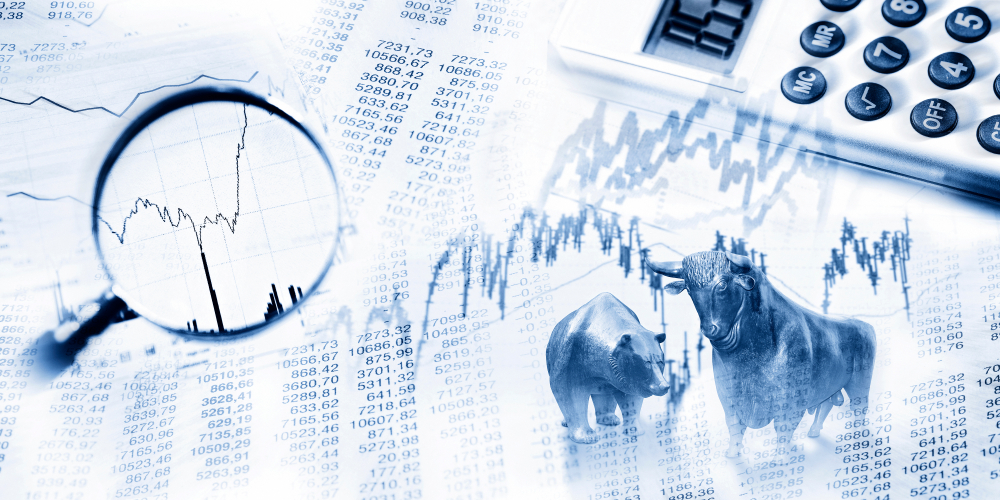Editor’s Note: In today’s article, Matt Benjamin shares that stock market valuations are predictive of the future, not reflective of the present. And while the market volatility of 2022 has made it a tough year for investors, there are still plenty of reasons to be optimistic about the U.S. stock market.
Matt points to the development of exciting new technologies with the potential to increase productivity growth at an even faster rate. And Alexander Green recently discovered just this kind of technology…
According to Alex, THIS is the most important tech prediction of his 37-year career.
And this company’s stock could be your safest bet in 2022.
Not only does this company have 812 patents and pending applications protecting its intellectual property, but it just locked in a new deal with a major international distributor that provides access to 2 BILLION new customers.
Go here to learn why Alexander Green is calling this affordable stock an “ideal investment.”
– Madeline St.Clair, Assistant Managing Editor
There’s no sugarcoating it: 2022 has been a very tough year for investors.
Liberty Through Wealth readers know the stats all too well: The S&P 500 is now down almost 18% this year, and the tech-heavy Nasdaq Composite is down a whopping 28%.
And every time it looks like the market may have put in a bottom and stocks are headed back up – like Tuesday this week when the S&P 500 rose 2% – the market seems to reverse course the next day.
It happened again on Wednesday, when the S&P 500 turned around and dropped 4%, erasing all of Tuesday’s gains and more.
I can feel the exasperation when I speak to friends and neighbors who are investors.
“Will the carnage ever end?” they ask. “Is there no bottom to this bear market?”
I can answer these questions with some confidence. The carnage will end, and there will be a bottom.
Of course, predicting when those will happen is the hard part.
But it’s worth remembering that what is happening in markets is called a correction for a very good reason.
Stocks became overvalued and needed to revert to the historical growth trend line.
According to investment manager and blogger Barry Ritholtz, long-term returns in the market are in the neighborhood of 8% to 9%. Yet from 2011 through 2021, the market returned about 14% per year. And market returns in 2020 and 2021 were particularly exorbitant, exceeding 20%.
The Buffett Indicator
While the economy and the stock market are two different things, they are absolutely correlated.
Over the long term the valuation of the broad stock market will reflect economic growth.
For proof of this I turn to the Buffett Indicator. It’s the ratio of total U.S. stock market valuation (using the very broad Wilshire 5000 Index) to gross domestic product (GDP). Warren Buffett has called it “the best single measure of where valuations stand at any given moment.”
Here’s a very recent chart of that ratio, from 1950 to May of this year.

As you can see in the chart above, there is a historical trend line for the ratio of market valuation to GDP.
That trend line has inched up over the decades, from under 50% in 1950 to around 125% today, as U.S. productivity has increased (that is, as the growth of economic output has outpaced the growth of the labor and capital needed to produce it).
Over our history we have continued to make innovations – jet engines, semiconductors, robots, personal computers, the internet, mobile phones and many more – that have allowed us to produce more output with less input. That trend drives the values of companies and their stock prices up.
You can also see that when the ratio of market valuation to GDP has deviated significantly from the trend, there has always been a reversion to trend. That’s a correction.
Right now, the trend line suggests that overall market valuation should be about 125% of GDP (even after the drawdown of 2022). Yet the ratio is currently around 175%, or 33% higher than the trend line.
That would suggest that the market has farther to fall to get back in line with the long-term trend.
Is It Different This Time?
The good news here is that, again, the historical trend continues to bend upward. And the slope of that trend line could become even more vertical, suggesting that a “fair value” for the ratio of market value to GDP could indeed be higher than the 125% indicated by the trend line.
After all, there are many exciting new technologies that are just gaining traction and could push productivity growth up at an even faster rate.
I’m talking about mRNA and other biotech breakthroughs, lithium-metal batteries, machine learning and other artificial intelligence applications, and green hydrogen, among many other innovations.
So maybe – just maybe – in bidding up stocks to those very lofty valuations we saw last year, Mr. Market was not as overly optimistic as the graph indicates.
After all, stock market valuations represent the value of expected future economic activity. They are predictive of the future, not reflective of the present.
And the market, in all of its collective wisdom, may be seeing the future more clearly than we think.
If that’s the case, perhaps valuations are closer to “fair value” and the correction is closer to its end than we think.
Let’s hope that’s the case.
